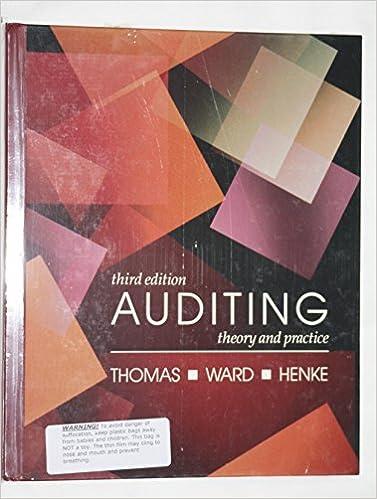Question
Q1: On January 1, 2014, Jack Company issues $4,575,000, 9%, 10-year bonds for cash of $4,028,274 when the market rate of interest is 11%. The
Q1:
On January 1, 2014, Jack Company issues $4,575,000, 9%, 10-year bonds for cash of $4,028,274 when the market rate of interest is 11%. The bonds pay interest semi-annually on June 30 and December 31. Determine (1) the discount on bonds payable at the date of issuance, (2) the semi-annual cash interest payment, (3) the semi-annual discount amortization using the straight line method, and (4) the semi-annual interest expense.
Round your answers to the nearest whole dollar amount.
Selling Price of Bonds = $
Face Value of Bonds =
Discount on Bonds Payable = $
Cash interest payment = $
Discount amortization =
Interest expense = $
Recording in the Accounting System =
Q2:
Journalize the first interest payment and the amortization of the bond discount on June 30, 2014.
Round your answers to the nearest whole dollar amount. If an amount box does not require an entry, leave it blank.
Interest Expense (DR/CR)?
Discount on Bonds Payable (DR/CR)?
Cash (DR/CR)?
Feedback
Using the straight line method, bond discount amortization is added to the cash interest paid to determine the amount of interest expense reported on the income statement.
Q3:
On January 1, 2014, Jill Company issued the $4,670,000,13%, 10-year bonds described above for cash of $4937800. Journalize the issuance of the Jill Company bonds.
If an amount box does not require an entry, leave it blank.
Cash (DR/CR)?
Premium on Bonds Payable (DR/CR)?
Bonds Payable (DR/CR)?
Step by Step Solution
There are 3 Steps involved in it
Step: 1

Get Instant Access to Expert-Tailored Solutions
See step-by-step solutions with expert insights and AI powered tools for academic success
Step: 2

Step: 3

Ace Your Homework with AI
Get the answers you need in no time with our AI-driven, step-by-step assistance
Get Started


